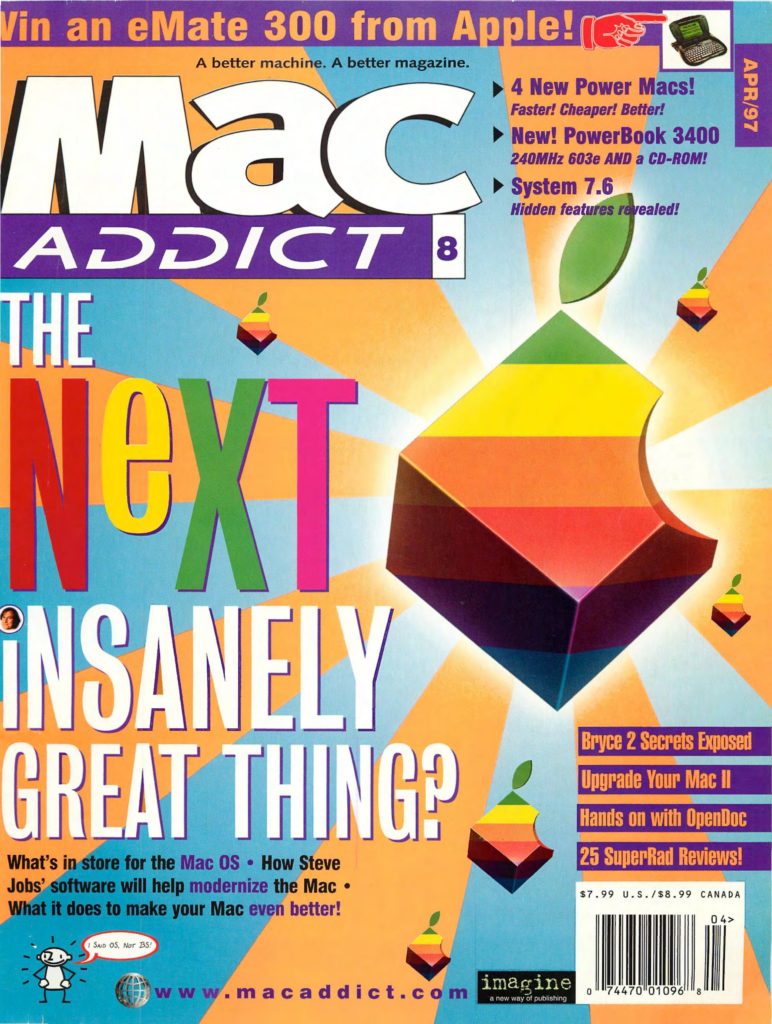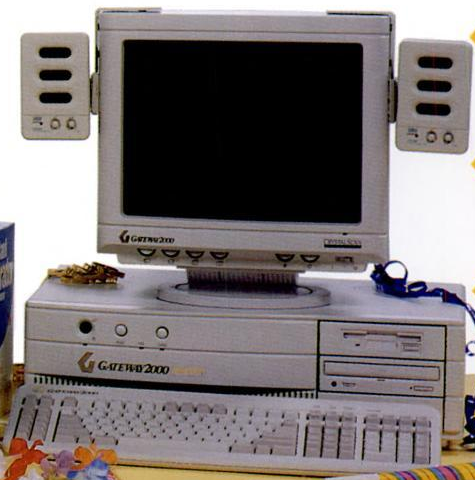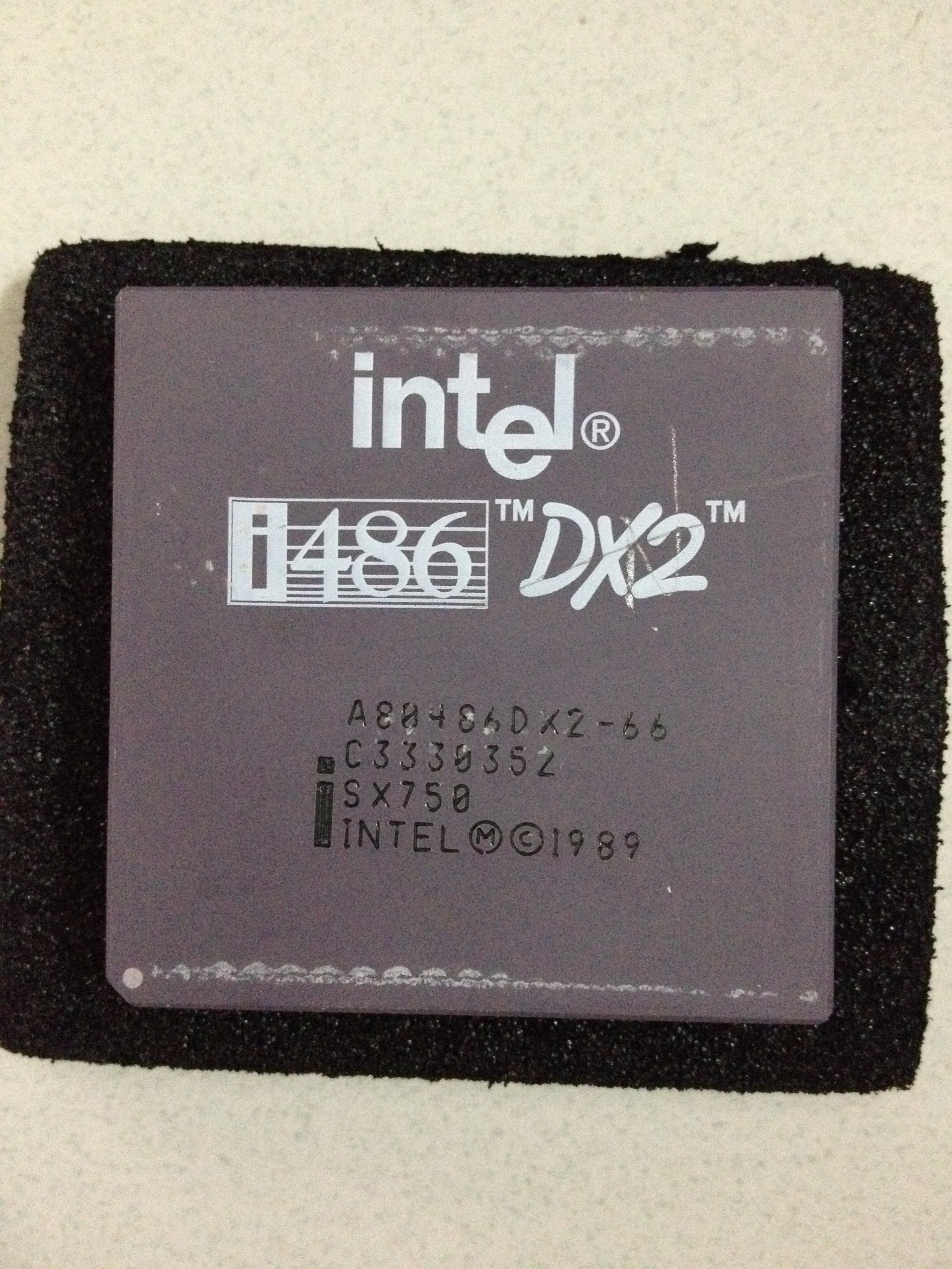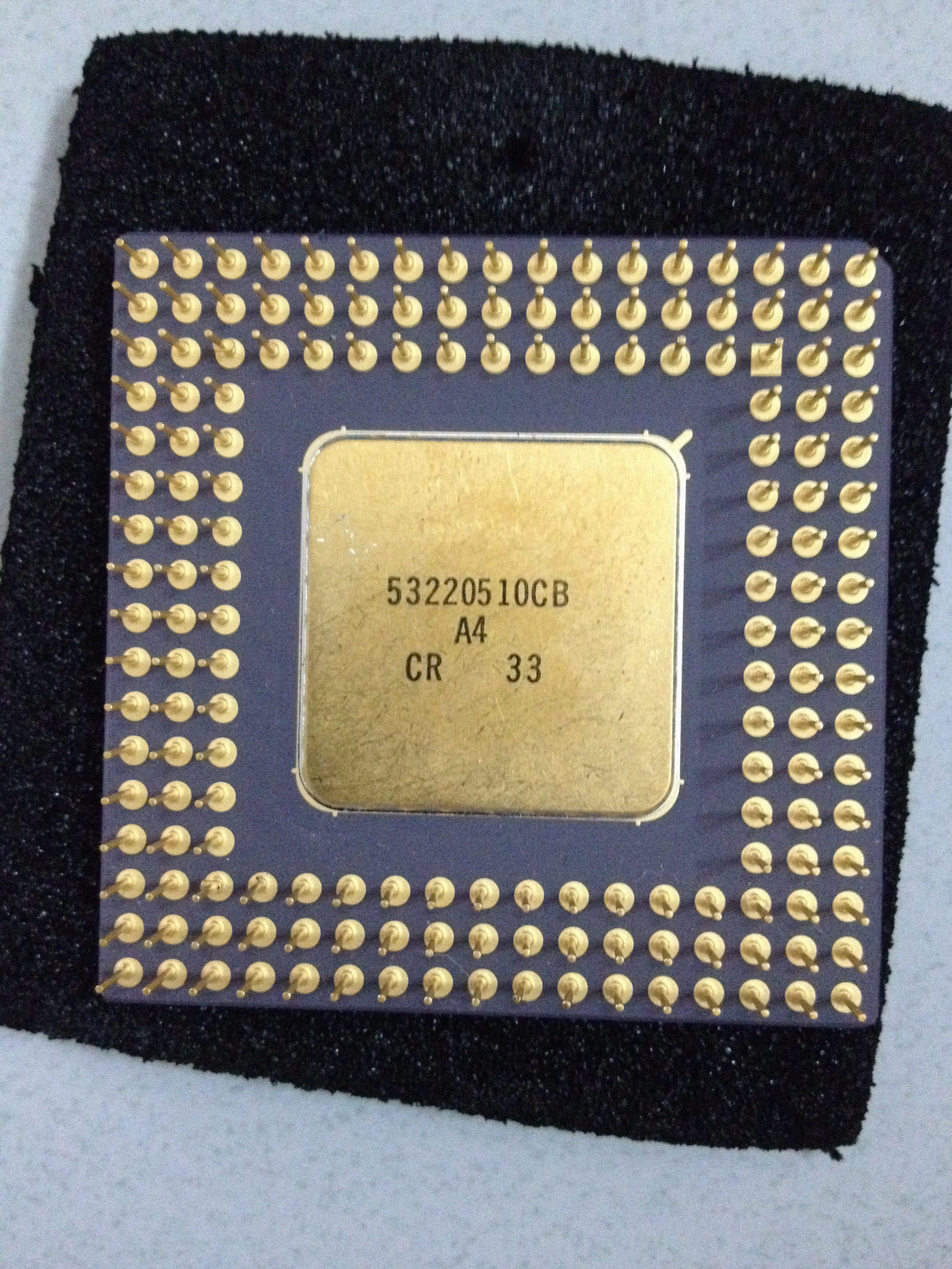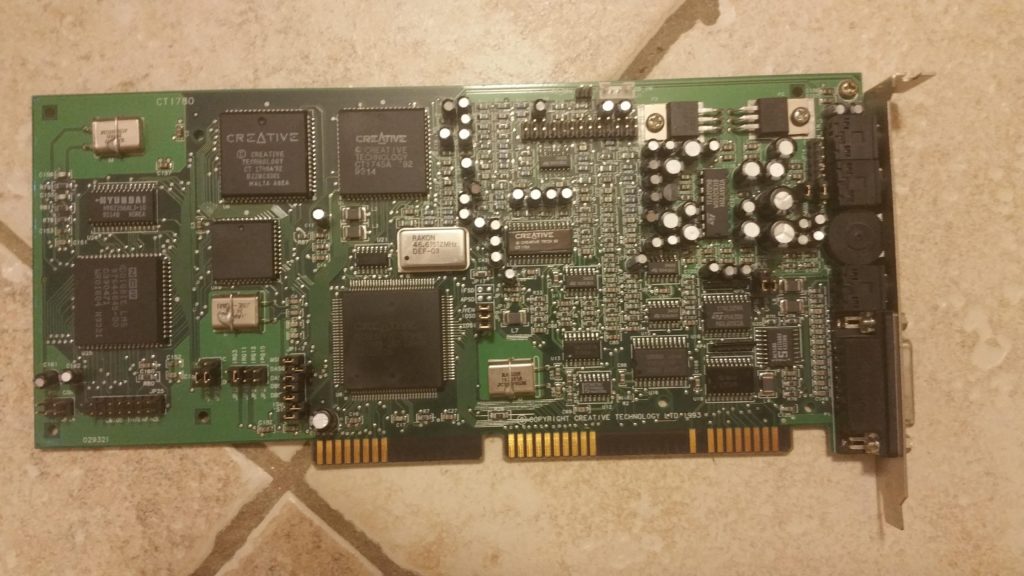Source: MacAddict – Issue Number 8 – April 1997
The mid 1990s were a pretty bad time for Apple. Their market share was dropping and for the most part their systems were not price or performance competitive with PCs of the time. In addition, they couldn’t compete on price with the clones they were licensing. The PowerBooks were terrific but you had to sell a kidney to be able to afford one. For instance, the PowerBook 1400cs was $2500 and there were others that were much more expensive (see below).
MacAddict was a magazine for Mac enthusiasts and by the time this issue came out in February 1997, things were beginning to look up for Apple. They had just bought NeXT and Steve Jobs was back. A much better and more modern OS along with newer and better hardware designs were on the way. MacAddict was the predecessor to MacLife which was not nearly as good of a magazine, at least in my opinion.
The contents of this issue include:
Highlights
- Rhapsody: The Soul of the Machine – Rhapsody was the code name for what would eventually become OS X and also the start of developing an OS that would run on x86 hardware. This article gives an overview of the expected features of “Rhapsody”.
- Unlock Bryce’s Hidden Secrets – Bryce is a 3D modeling, rendering and animation tool. This article details five techniques to help you out.
- Power Lunch – An overview of Apple’s new high-end Powerbook the Powerbook 2400 featuring models with 180MHz, 200MHz or 240MHz 603e PowerPC processors, 16MB RAM, and 1.3GB to 3GB hard drive among other features. Prices ranged from a mere $4,500 to an only slightly less mere $5,500.
- This Old Mac – An ongoing series about upgrading and using old Macs. This month feature the MAc II, the first Mac with expansion in mind. It featured a 68020 processor and 4 MB of RAM as a typical amount. It also had six NuBus slots for expansion. It could be expanded up to have up to 68MB of RAM or with some minor modifications to overcome a hardware bug, up to 128MB. The Mac II came with 2 800KB flopy drives and a hard drive of up to 4GB in size can be added. Many CPU upgrade cards were also available ranging from a 68030 up to PowerPC based accelerators.

How To
- Work With OpenDoc – OpenDoc was meant as a competitor to Microsoft’s OLE but ultimately was not successful. A guide is provided here for this then new technology.
- Speed Web Access – Tips on how to make your web site more efficient and load faster.
Every Month
- Editor’s Note – A tongue in cheek April Fool’s joke about Microsoft buying the magazine.
- Letters – Humorous letters from readers.
- Get Info – The news section featuring the latest simplified Macintosh line including the Power Mac 4400, Power Mac 7300, Power Mac 8600, and Power Mac 9600. The top of the line 9600 features a 200MHz PowerPC 604e processor, 32MB RAM and a 4GB hard drive for about $4,000. Also mentioned is the pending arrival of DVD on Apple computers.
- Cravings – Desirable hardware and accessories, including a brain wave reader, a PowerBook holster, a subwoofer from Labtec, a 360 degree camera, a foot mouse, and more.

- Reviews
- PageMaker 6.5 – The latest version of Adobe’s desktop publishing software for $895 ($99 upgrade) requiring a 68030 and at least 6MB of RAM.
- Extreme 3D 2.0 – 3D modeling software from Macromedia.
- Claris Home Page 2.0 – Software for designing and publishing web pages.
- Adobe Type Manager Deluxe 4.0 – Adobe software for managing fonts.
- Poser 2.0 – Graphics and animation software that specializes in the human form.
- Command & Conquer – Westwood’s popular real-time strategy game comes to the Macintosh.
- Epson PhotoPC 500 – A digital camera with a built-in 2MB of memory that can take 640×480 photos for only $499.
- ATI Xclaim VR – A PCI video card featuring QuickDraw 3D acceleration, 2 or 4MB of RAM, and video capture capabilities.
- Prime Target/ZPC – Two first person shooters, both based on the Marathon engine.
- Ask Us – How to boot from CD-ROM on the Powerbook, how to remove “Alias” from aliases (shortcuts), why files are taking up more space on a larger hard drive, how to convert AVI to Quicktime and more.
- PowerPlay – An interview with Bungie Software about their upcoming game Myth. Also sneak peaks at MechWarrior II, Quake and Werewolf vs. Comanche.
- Shut Down – Living with Death comic.
…and more!
